Artificial Intelligence & Image Recognition Mobile App Project
VerifiedAdded on 2019/09/16
|7
|2187
|362
Project
AI Summary
This project proposes the development of a real-time landmark recognition Android app, functioning as a digital tourist assistant. The app aims to enable users to capture images of landmarks and receive relevant information, including historical facts and geographical locations via GPS. It will also provide user interaction features, such as displaying points of interest and offering options to save and share images on social media. Extension objectives include incorporating augmented reality technology for navigational image augmentation. The project encompasses research into image storage, recognition techniques, and augmentation strategies. The app will be developed using Java and Android Studio, with considerations for cross-platform solutions and user-friendly design. Deliverables include a comprehensive project report, presentation, and a functioning application with secure databases, API integration (e.g., Yelp, Google Maps), and user feedback analysis. The project also includes the creation of user stories, data flow diagrams, and activity network diagrams, with a Gantt chart for project management, and will take approximately six months to complete. The project also will consider legal requirements from the collection and storage of data from organizations such as Yelp and Google Maps.
1 out of 7
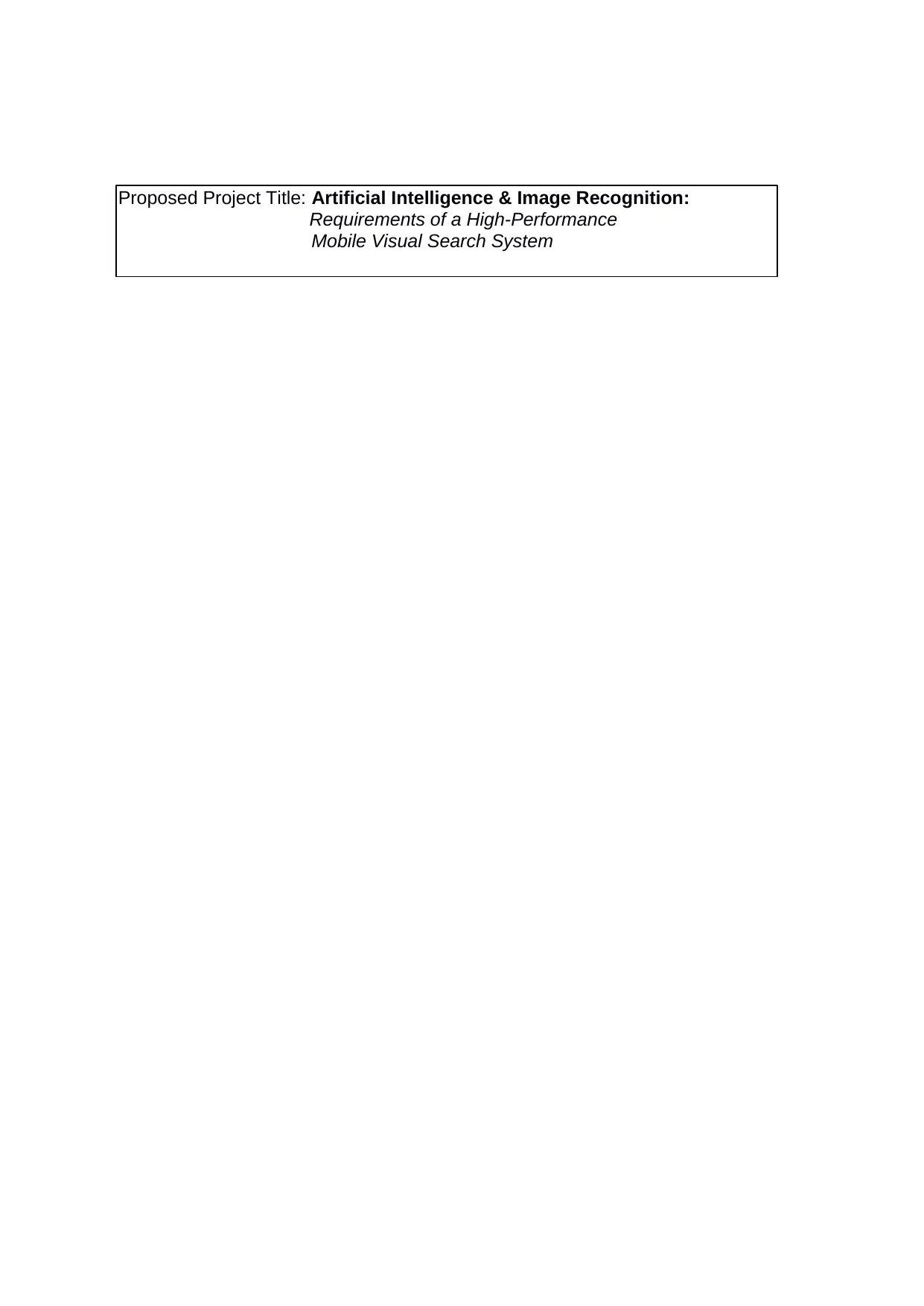
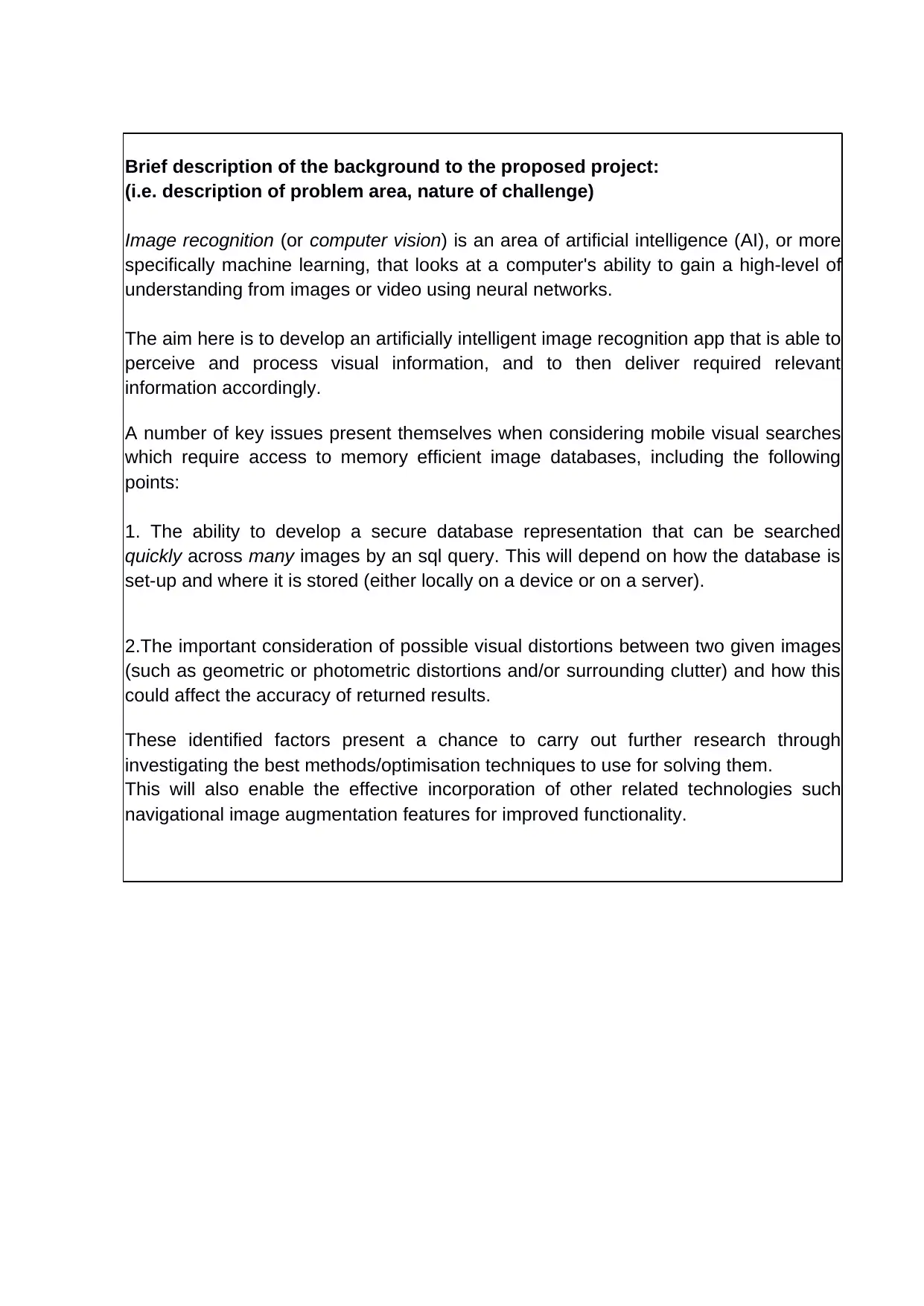
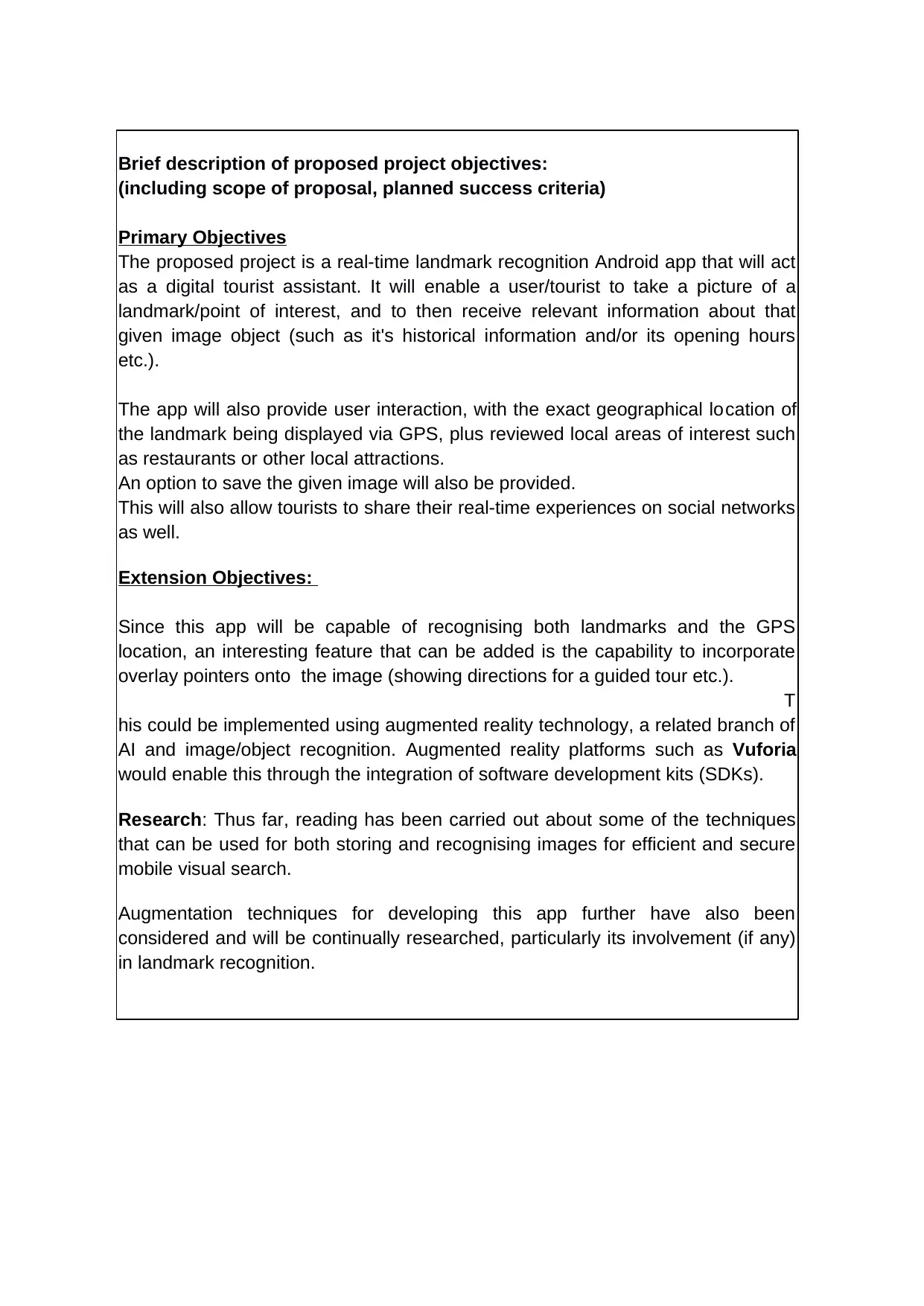

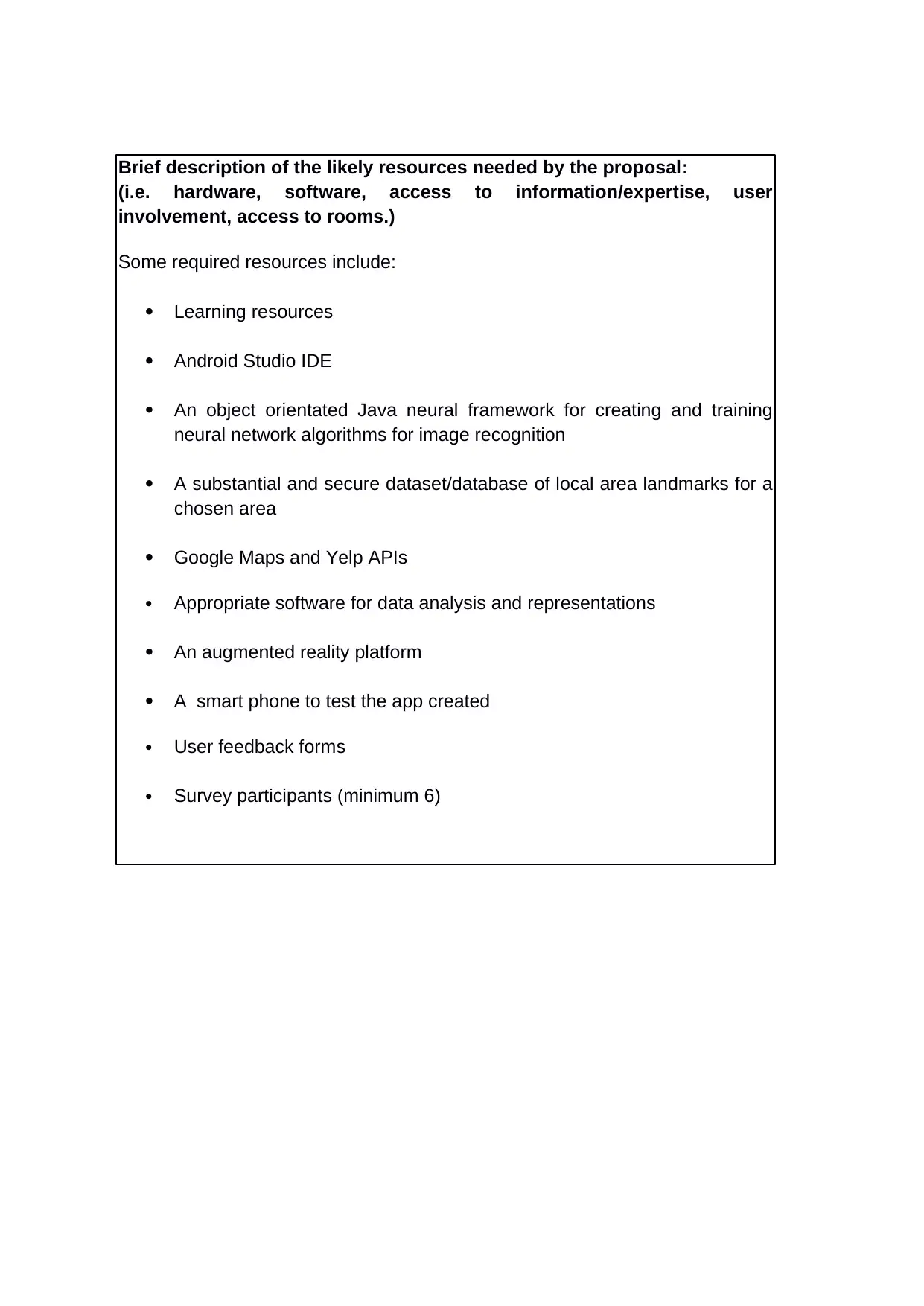
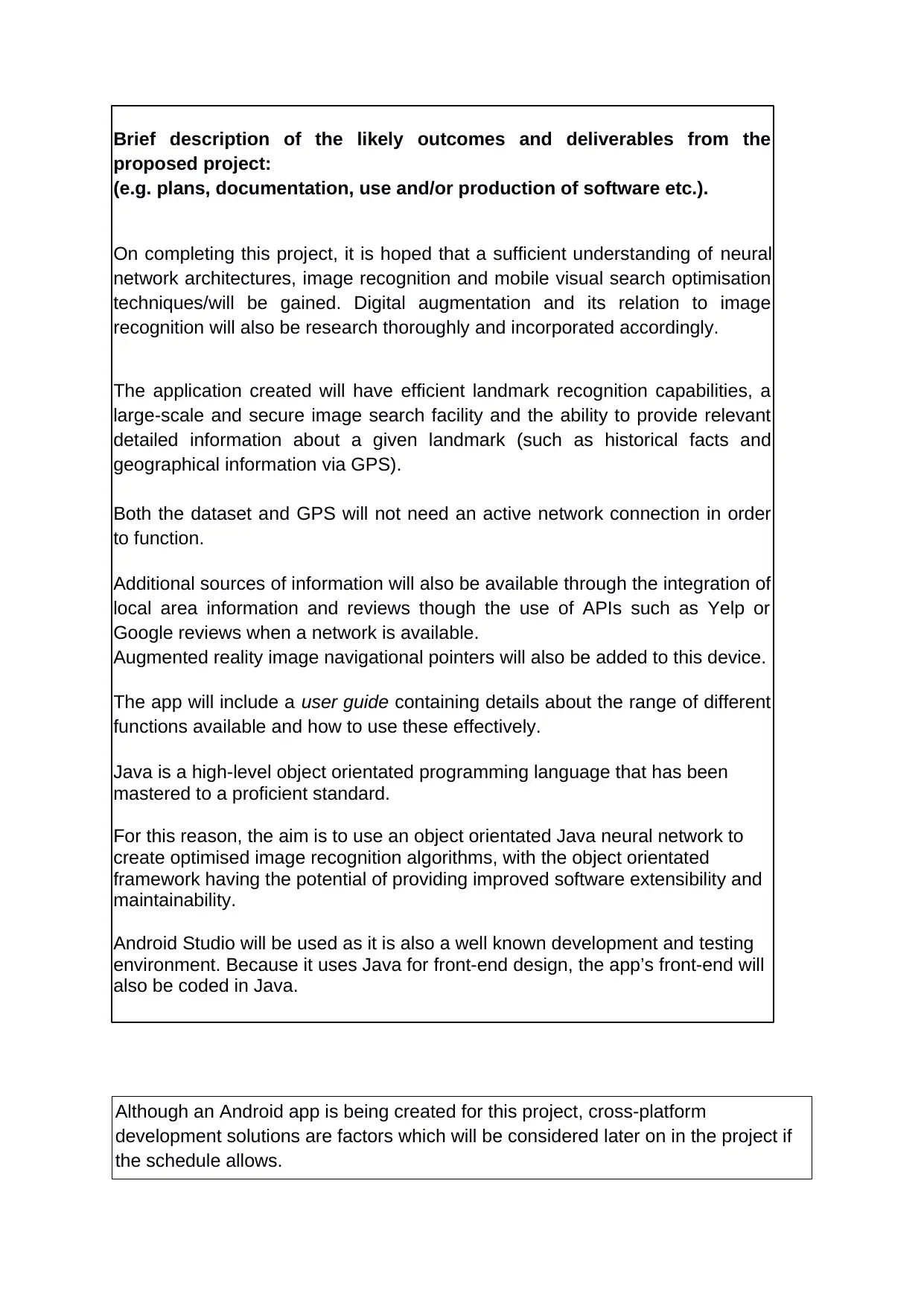
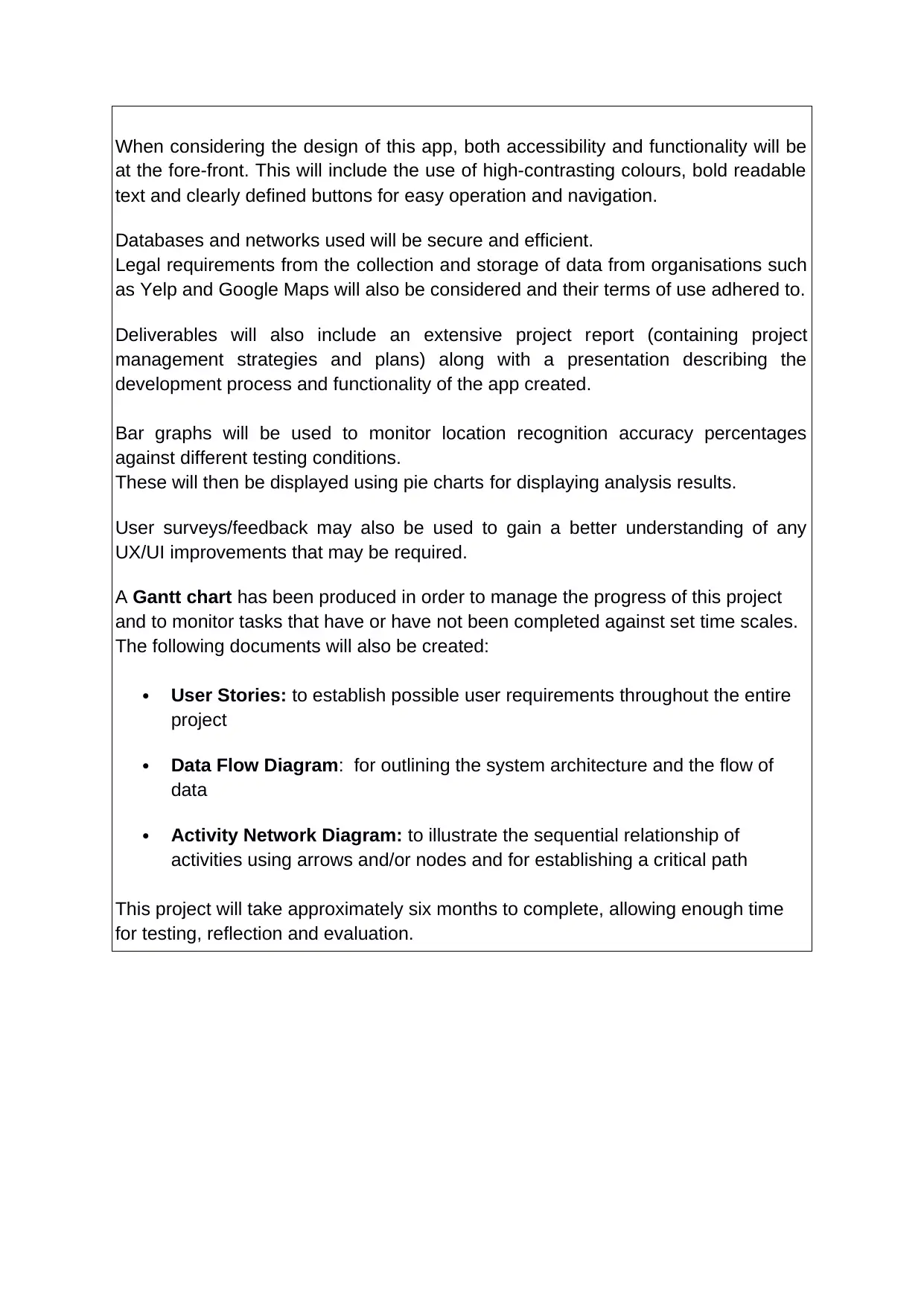


![[object Object]](/_next/static/media/star-bottom.7253800d.svg)